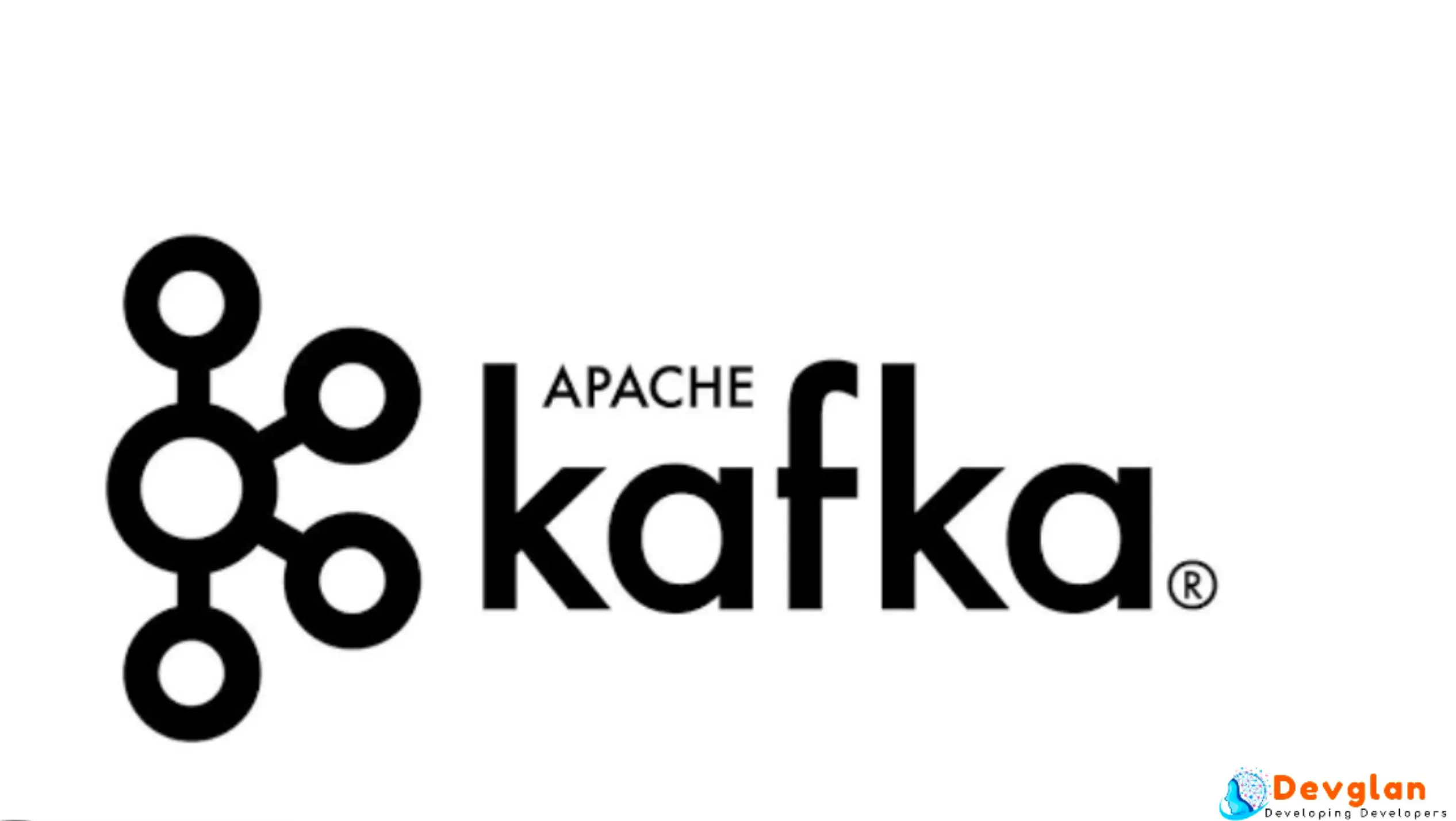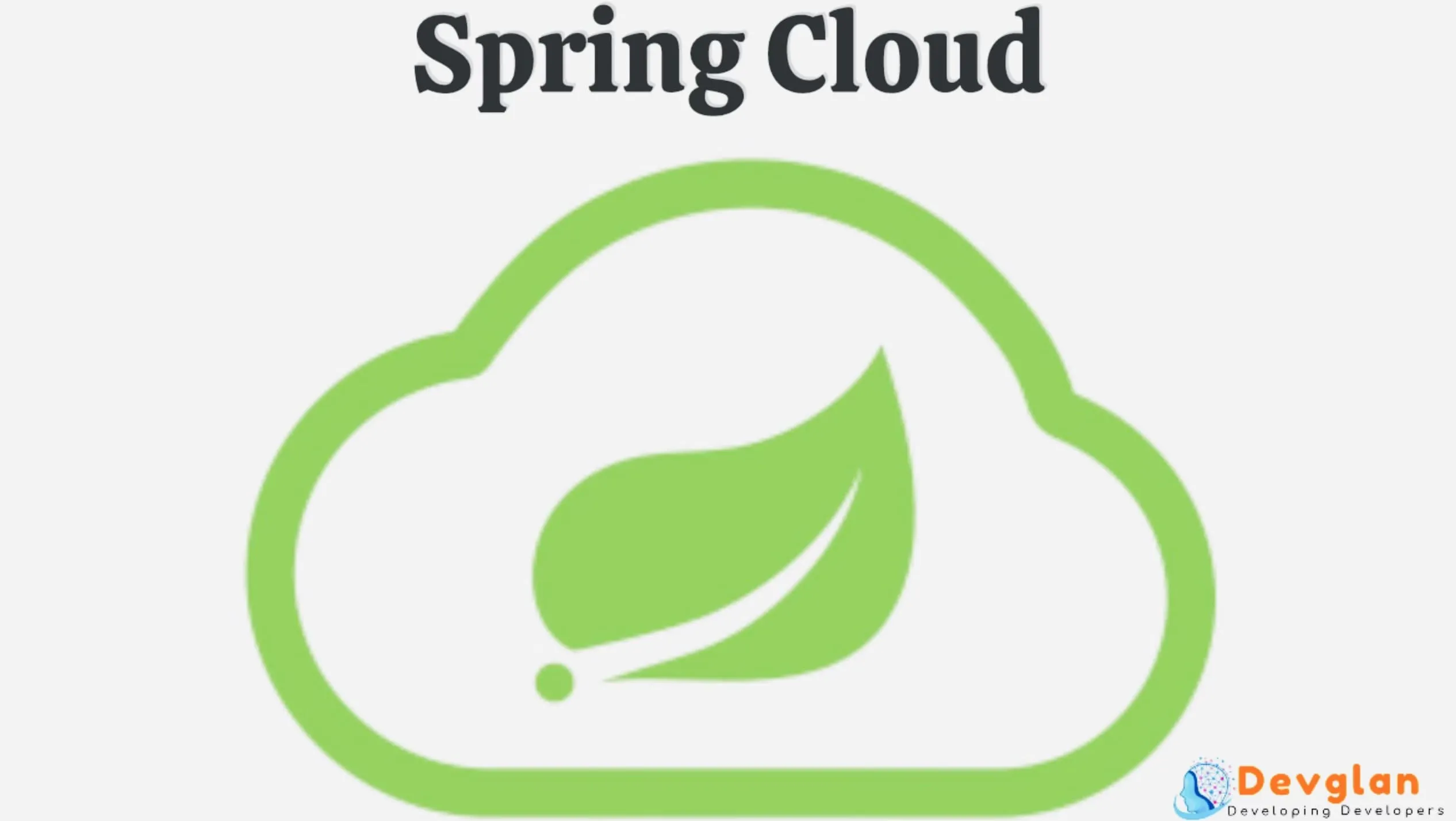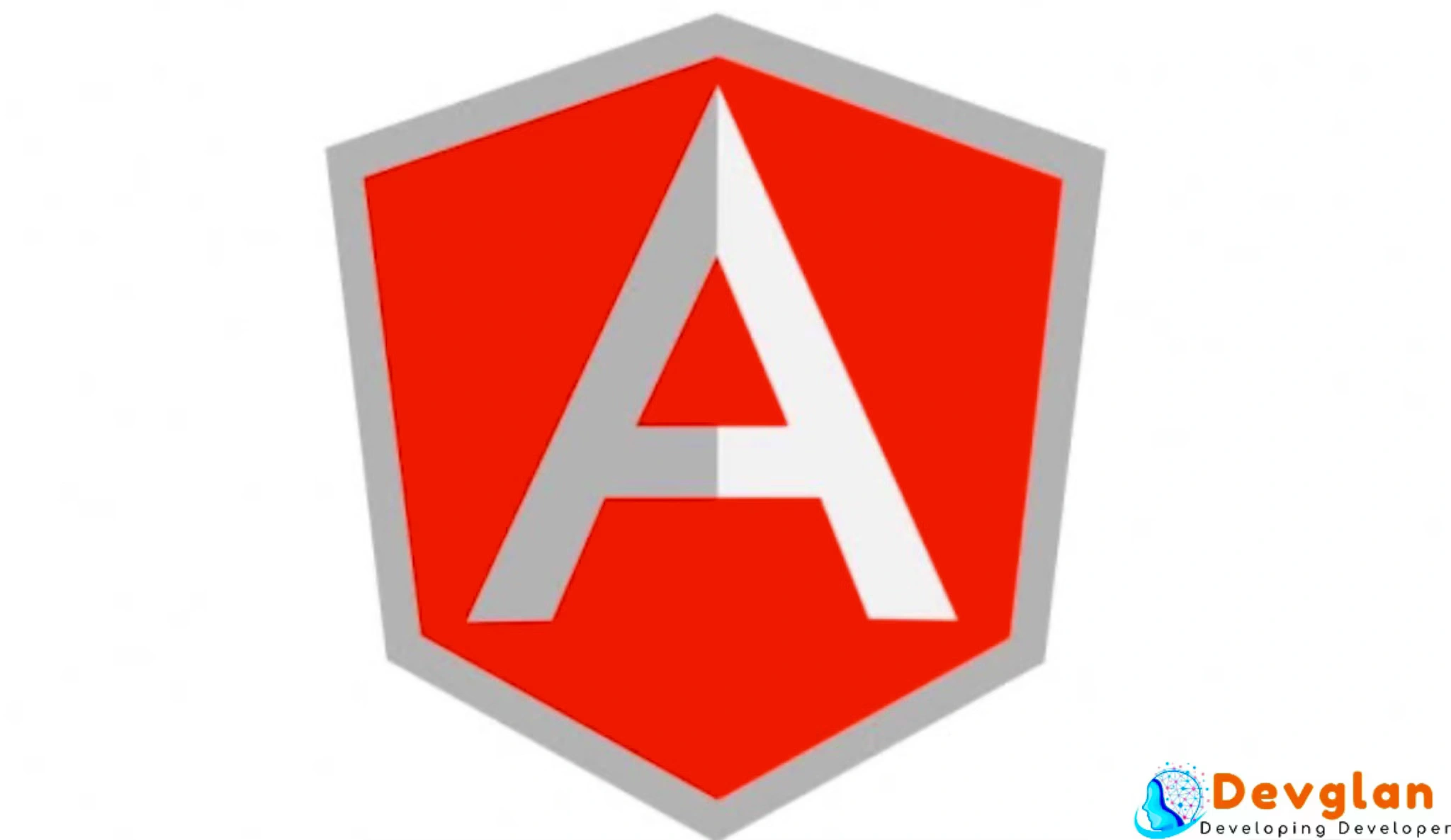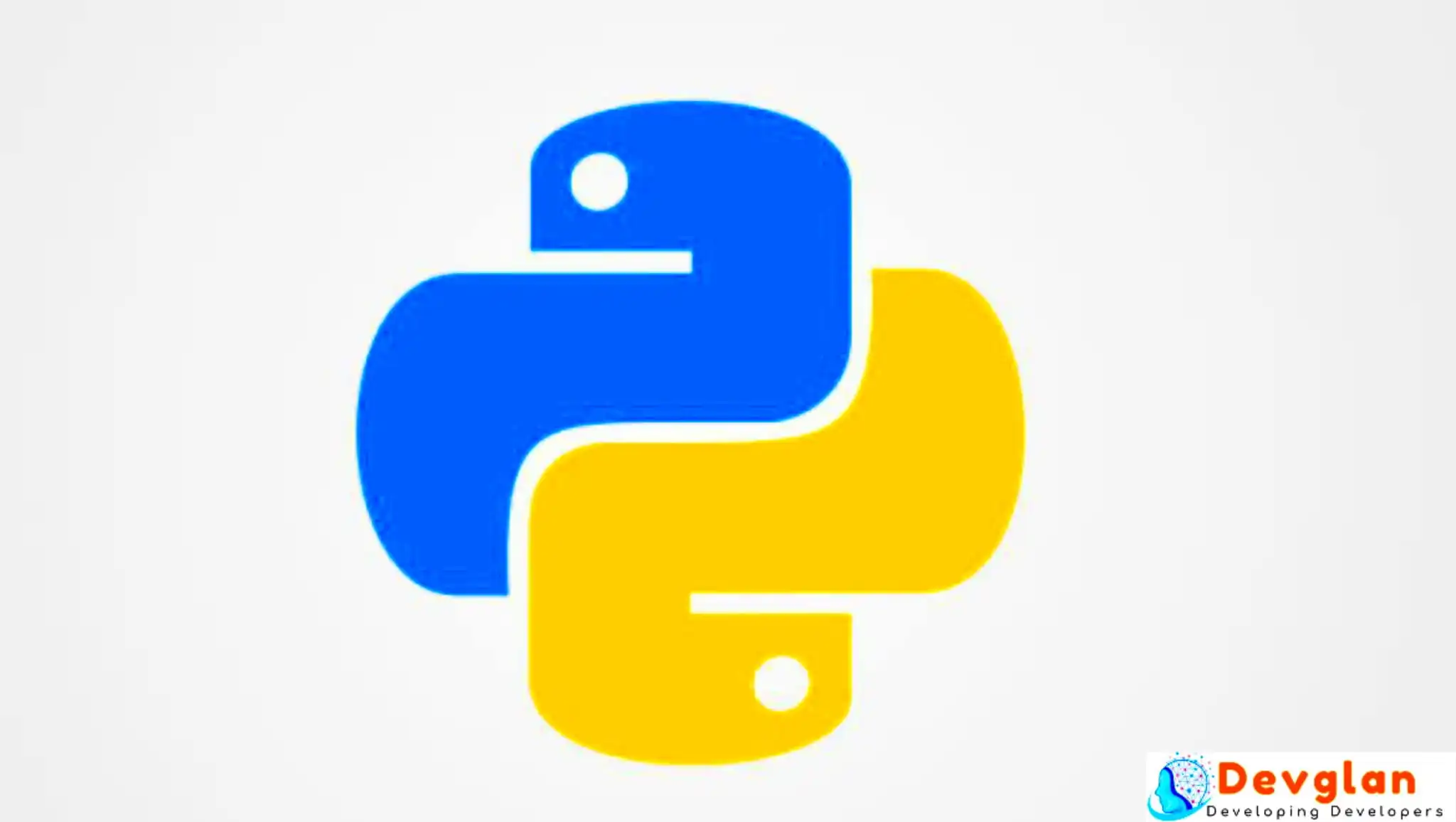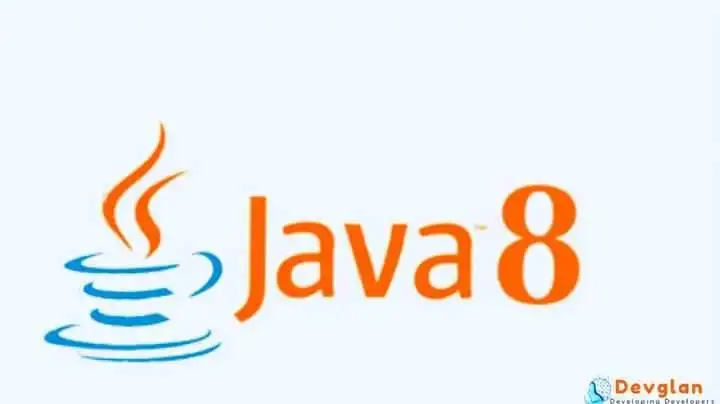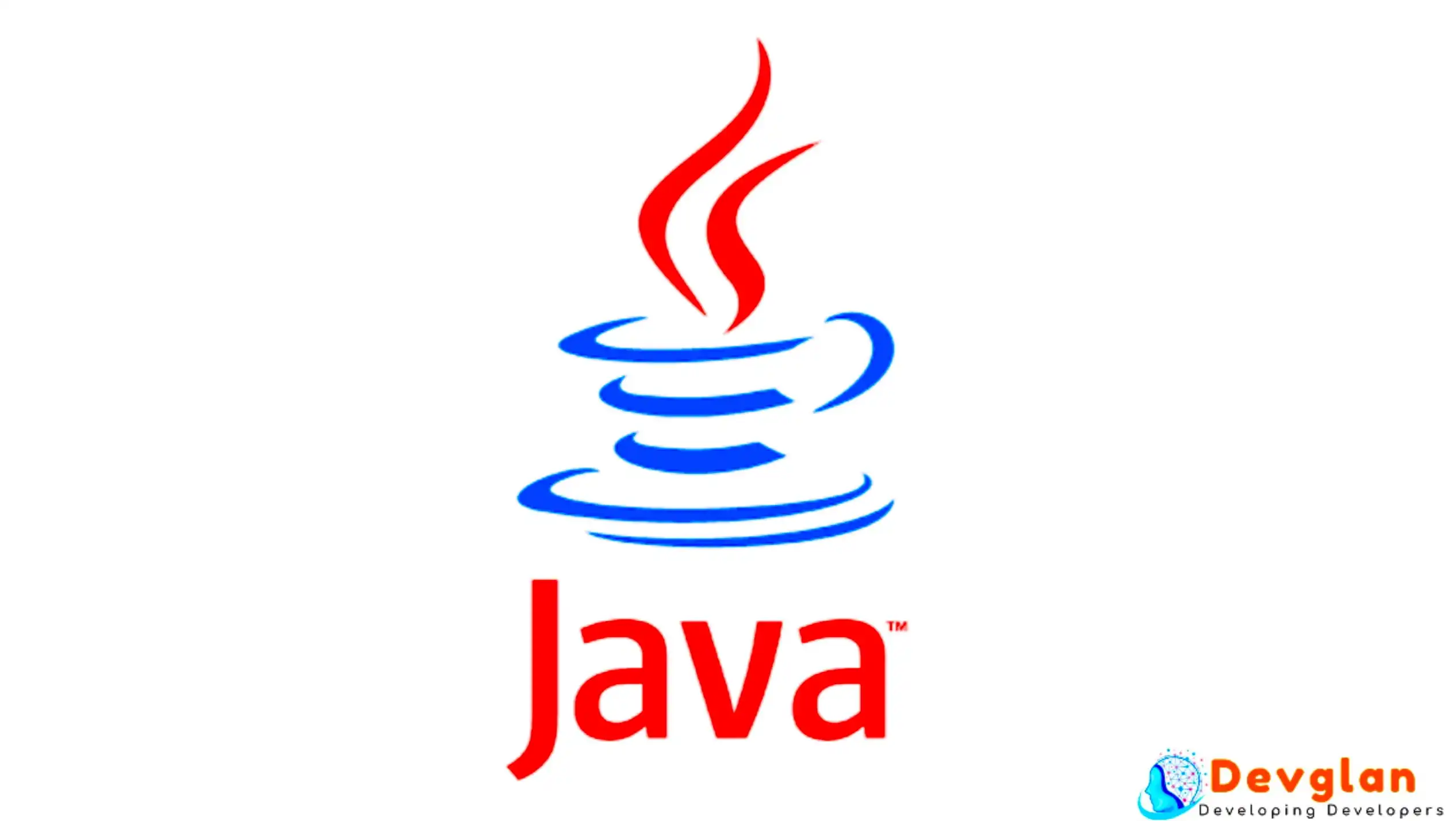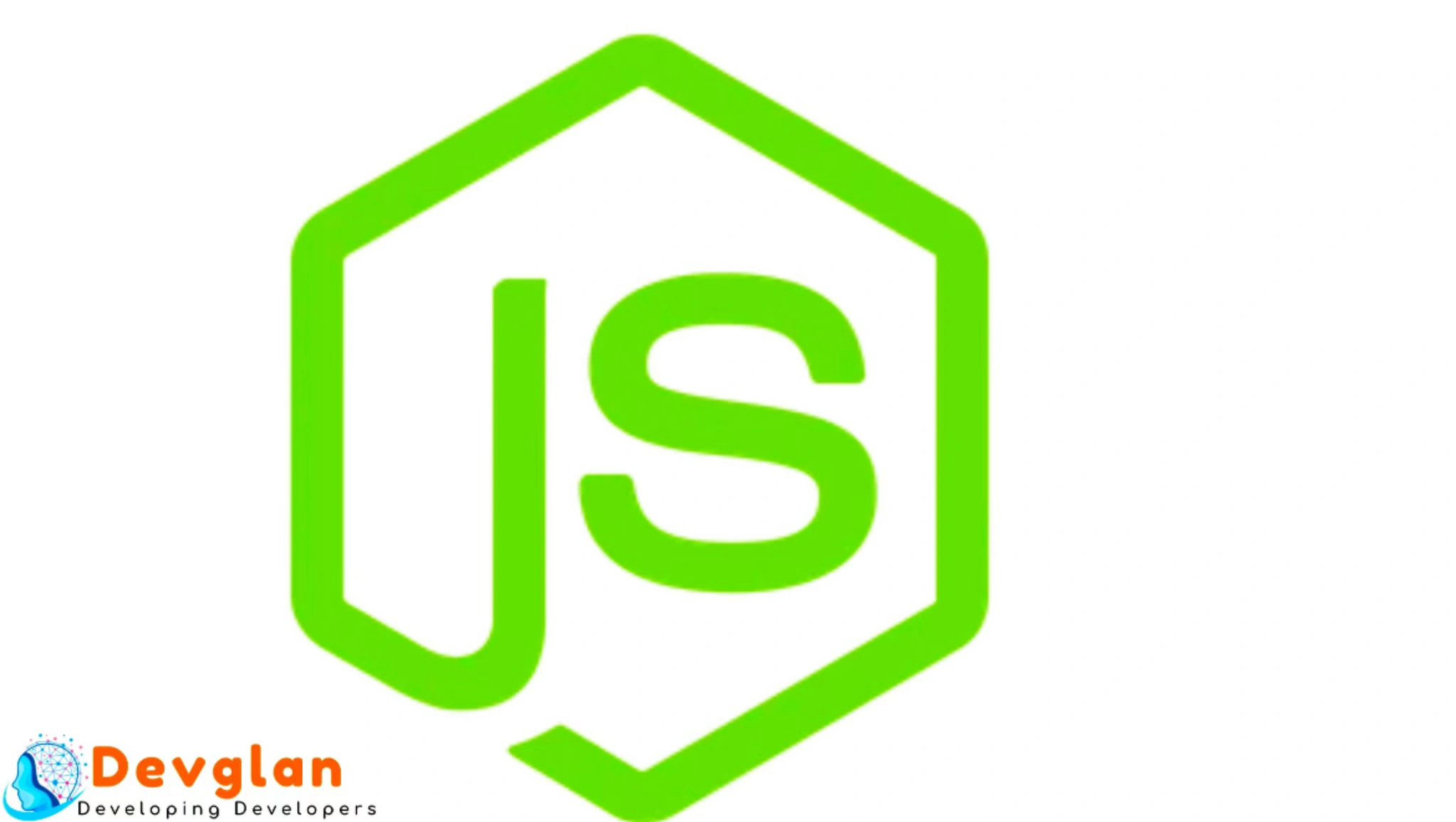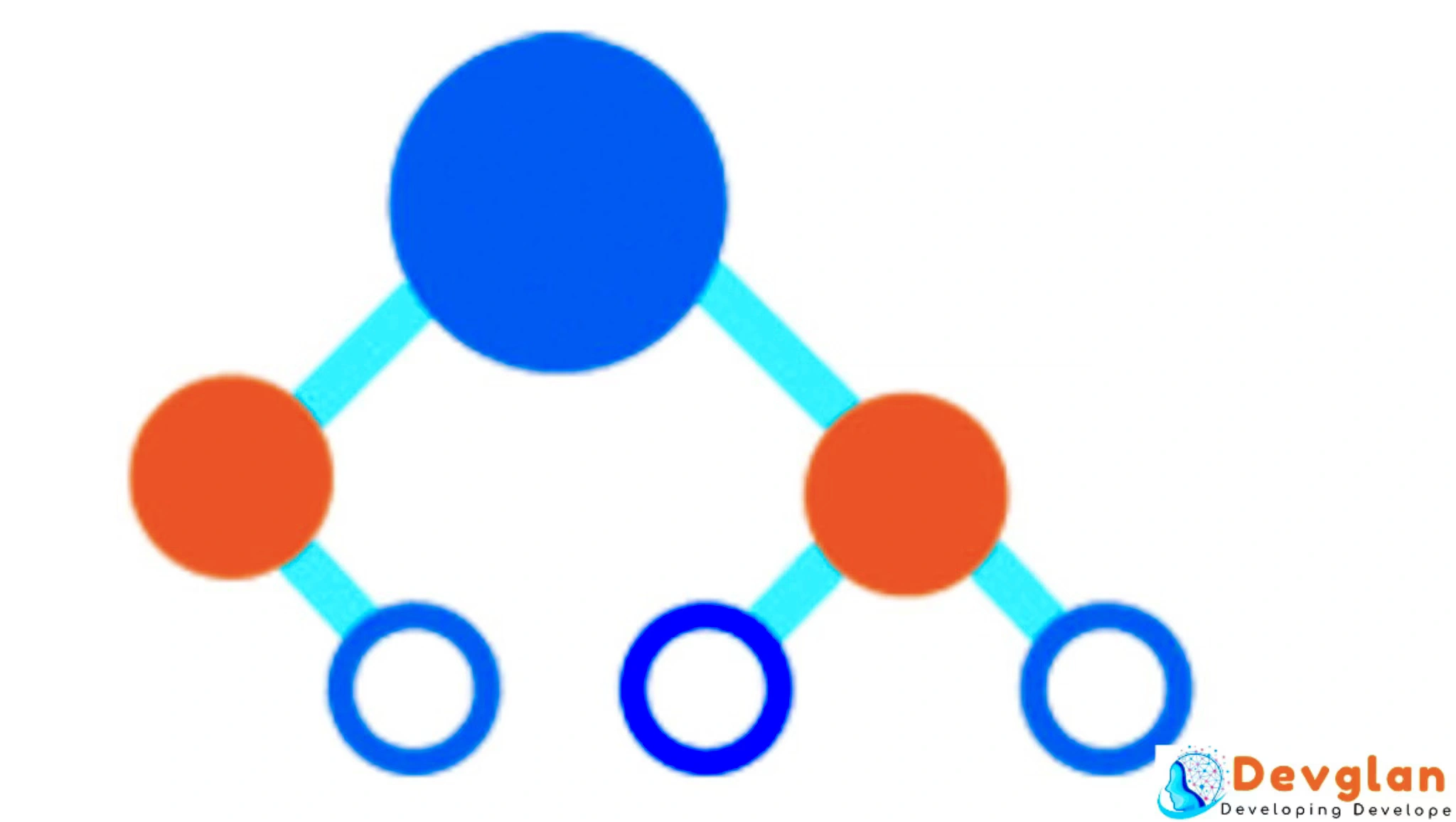In the ever-evolving world of technology, backend developers remain the backbone of any digital product. As we near 2025, the world of backend development is not only evolving technologically but also geographically. Remote work has transformed the industry, eliminating the geographical constraints of work. Backend developers can now get well-paying jobs all across the globe from the comfort of their homes. But with these new opportunities comes increased competition. So, what does one need to do in order to stand out?
Embracing the Modern Backend Ecosystem
Gone are those days when expertise in one language or framework was enough. In 2025, the modern backend developer is expected to be skilled in multiple technologies. Expertise in languages like Python, JavaScript (Node.js), Go, and Rust is growing in worth. Companies now look for flexibility—developers who possess the capability to jump between microservices, APIs, serverless architecture, and traditional monolithic stacks depending on the project.
This polyglot nature of modern development allows organizations to remain agile. A developer who understands the strengths and weaknesses of all the tools can help an organization make the right architectural decisions. For instance, using Go for lightweight, high-performance microservices or Rust for memory safety and concurrency where it's required.
Equally important is an understanding of the entire software development lifecycle. From planning and architecture to deployment and maintenance, backend developers need an end-to-end view. This implies coordination with frontend teams, DevOps engineers, data scientists, and even stakeholders for seamless integration and performance. Development nowadays is a team effort, and keeping the big picture in mind enhances problem-solving capabilities.
The DevOps and Cloud Imperative
If one trend continues to shape backend development, it's the cloud. AWS, Google Cloud, or Azure, the cloud platforms are the de facto infrastructure now. Backend developers are required to deploy scalable applications onto these platforms, monitor performance, and debug faults without fully depending on a standalone DevOps team.
It is equally necessary to know Infrastructure as Code (IaC) tools like Terraform, CloudFormation, and Pulumi as it is to code optimal backend logic. Infrastructure automation eliminates deployment failures and enhances scalability. It is also necessary to know CI/CD patterns and tools like Jenkins, GitHub Actions, or GitLab CI for seamless deployment cycles.
And with the continued reign of containerization and orchestration tools like Docker and Kubernetes, the line between backend development and infrastructure management continues to get fuzzy. Having knowledge of these tools implies that you can write, test, and deploy software reliably across different environments.
Security First Mindset
Cybersecurity attacks are not vanishing. No, they are getting more sophisticated. For 2025 backend developers, security is not an added feature—it's a primary concern. APIs should be secured, authentication and authorization (OAuth2, JWT, think) should be managed, data should be encrypted, and common pitfalls (such as SQL injection, XSS, CSRF) should be evaded are essential skills.
Security starts at design time. Security developers must practice secure coding, have their code reviewed periodically, and automate security testing of their code. It is important to be familiar with abstractions like zero-trust architecture and least privilege access while coding in distributed or multi-tenant systems.
Regulatory compliance is also in their sights. Depending on where your clients or users are located, you might be required to comply with regulations like GDPR, HIPAA, or CCPA. Backend developers must plan with data protection and privacy in mind from the start. Ignoring them can lead to huge fines and user distrust.
Data Handling and API Expertise
Backend infrastructure is now more data-centric than ever before. Be it relational databases like PostgreSQL or MySQL or NoSQL solutions like MongoDB and Cassandra, a solid understanding of data modeling and query optimization is imperative. Accurate management of data yields timely response and enhanced user experience.
Concurrently, knowledge of caching systems (Redis, Memcached) will greatly improve performance and scalability. Knowing when to cache data—and when not to—is a very important performance knob in most modern applications.
APIs remain the underlying communication bridge between frontend and backend systems. RESTful APIs remain the dominant force, but GraphQL and gRPC are becoming increasingly popular because they are more efficient and flexible. GraphQL allows clients to query only the data they need, reducing payload sizes. gRPC's support for bi-directional streaming makes it ideal for microservices.
Knowing when and how to use each API paradigm can make a developer exceptional. A well-designed API not only enhances performance but also eases maintenance and encourages reusability.
Real-Time and Event-Driven Architectures
Increasingly more applications are real-time: chat apps, collaboration tools, stock trading apps, and live analytics dashboards are just some examples. The backend developer ought to be comfortable with technologies like WebSockets, MQTT, and message brokers like Kafka, RabbitMQ, or NATS.
Event-driven architecture is a paradigm shift that favors responsiveness and scalability. Systems react to events (such as a new user signup or transaction completion) rather than merely client requests. This decouples services, rendering them more scalable and maintainable.
Backend developers should be aware of principles like event sourcing, CQRS (Command Query Responsibility Segregation), and eventual consistency. These are the foundations upon which fault-tolerant and scalable systems are built.
Global Collaboration and Remote Readiness
With remote jobs becoming the norm rather than the exception, backend developers need to adapt not just technically but culturally. Employers want people who can communicate well across time zones, work asynchronously as a team, and self-manage their workload.
It is not only a matter of learning tools like GitHub, Jira, Slack, and Notion. It also involves emotional intelligence, time management, and proactive communication. These kinds of soft skills can make or break how you bond with a globally distributed team.
Proper documentation, clean code, and the ability to articulate technical decisions are all signs of a developer who will thrive remotely. Being self-directed and resourceful is of incredible value in a remote setting, where micromanagement is impossible.
Continuous Learning and Staying Ahead
The tech community never sleeps, and neither do backend developers. There is no room for downtime in this line of work. It's either working on open-source projects, taking online classes, attending virtual conferences, or just keeping up with thought leaders in the industry. The only way to remain competitive is to stay current.
AI and automation are also making their way into backend development. Tools for code generation, error detection, and testing are increasingly common. Developers who can get AI-based solutions implemented or build scalable machine learning APIs will be at a considerable advantage.
On top of that, understanding computer science basics—algorithms, data structures, system design—is still as important. These are the skills that are always in demand and allow developers to tackle new problems and optimize solutions.
Final Thoughts: Preparing for the Future
2025 is near—just a corner away. The demand rises with the growing requirement for skilled backend developers. Mastering backend development is no longer a matter of just coding server code. It's becoming a cross-functional technologist who knows infrastructure, data, security, and team dynamics.
If your aspirations lie in a well-paying, remote backend development job, take time not only to learn new technologies but to hone your ability to work across systems and cultures. The world is more open than ever to work, and the best jobs are waiting for those who are well-prepared.
The globe is your workplace. Make sure your skill set is ready for it. Backend engineering in 2025 is as much about being technically skilled as being curious and flexible. Go deep, be curious, and create fearless for a connected, remote-first globe.


